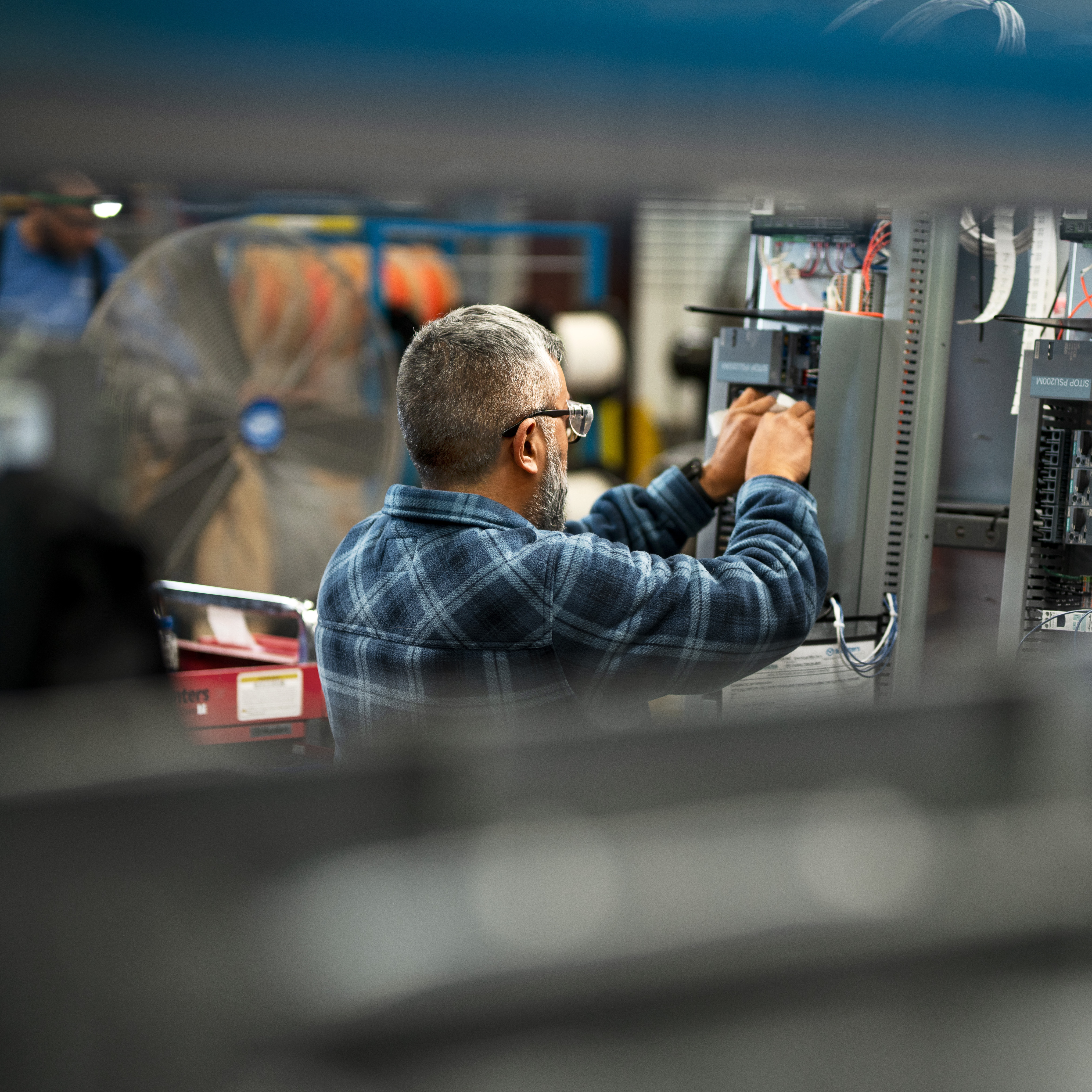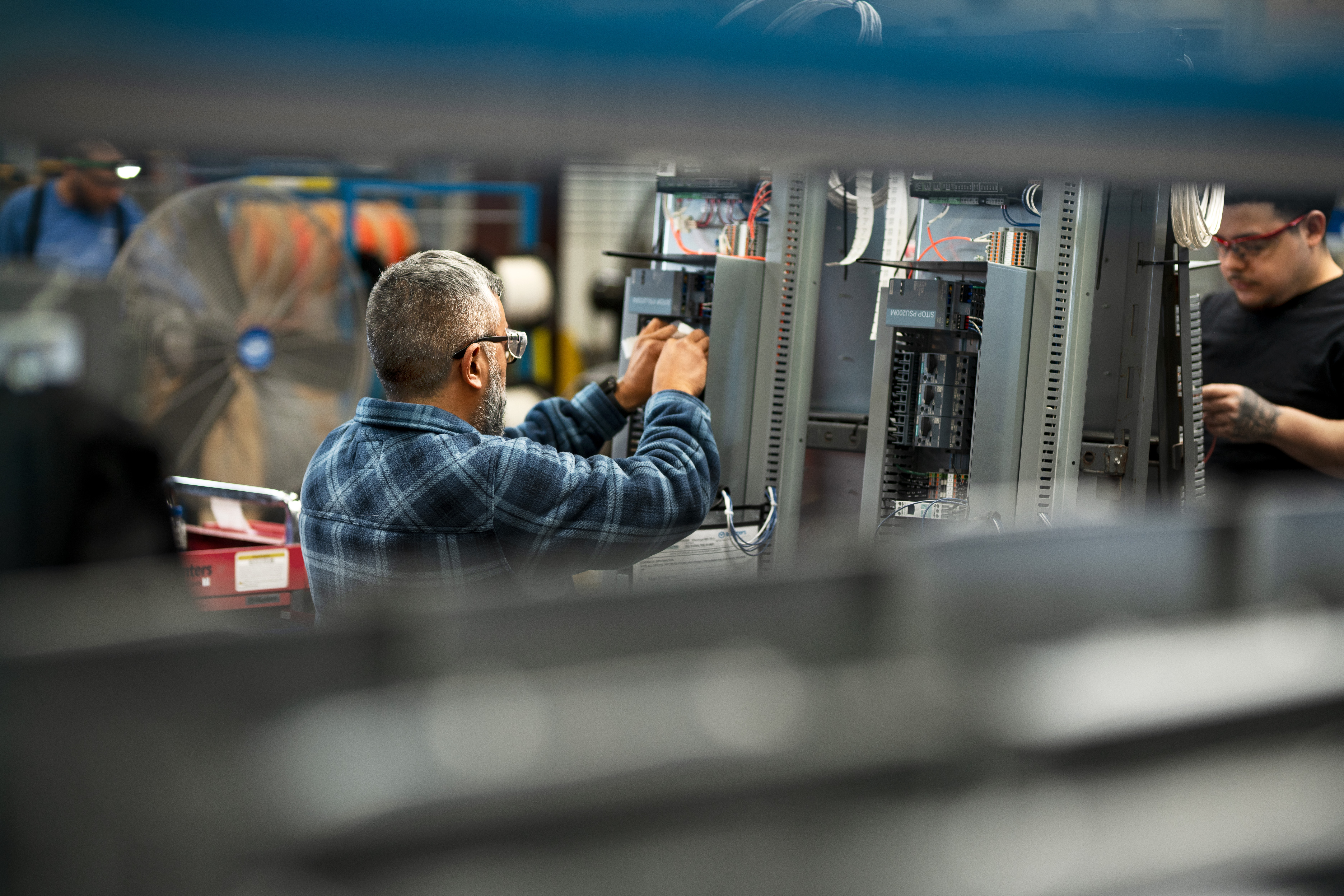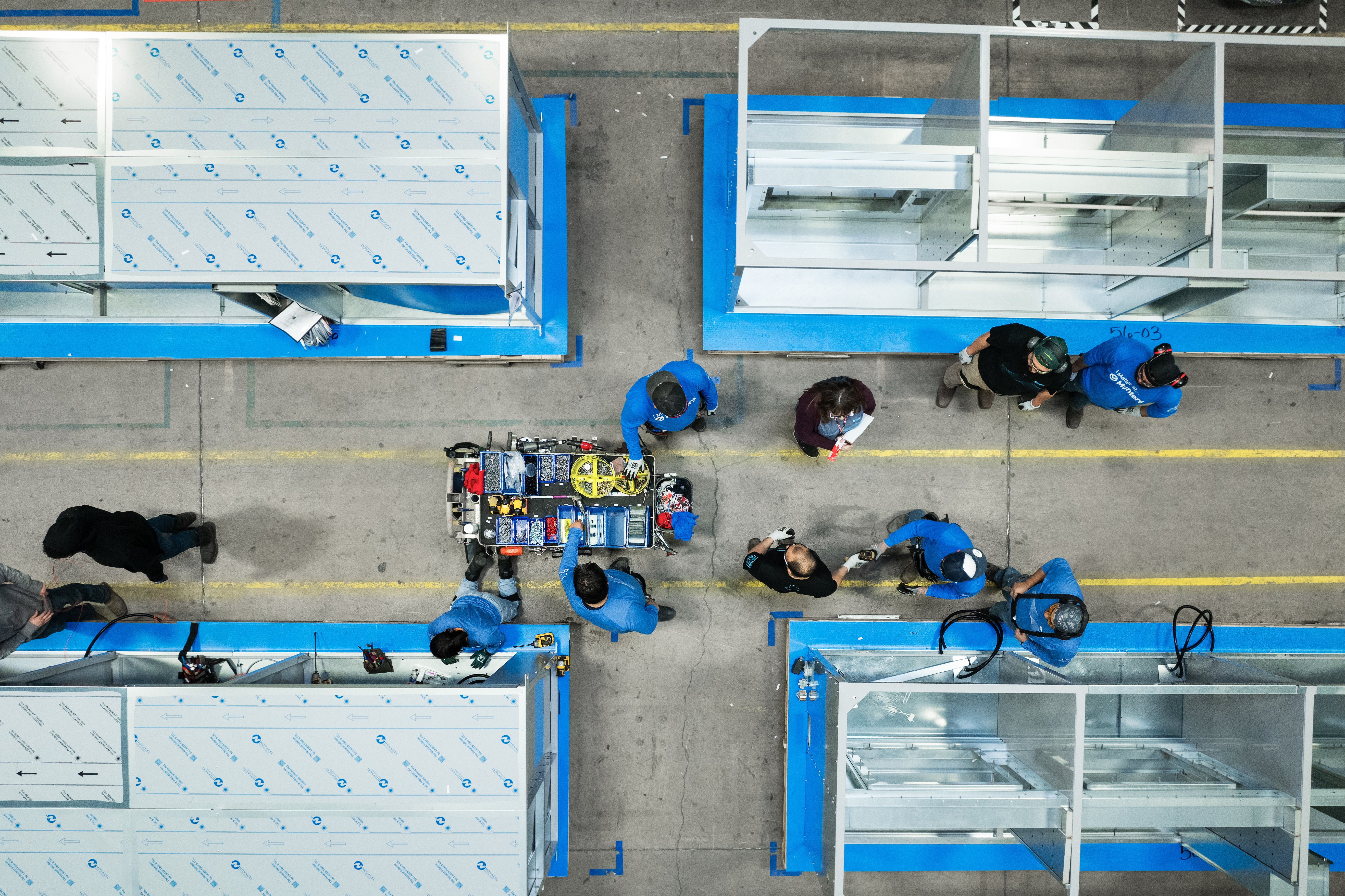Invitation to Munters Q2
interim report presentation 2025
Optimal dehumidification
for climate control
Adaptable and energy-efficient air- and liquid cooling solutions for data centers
A smarter, digital
food supply chain
begins here
Upcoming events
All eventsSep 10-Sep 11
Sep 23-Sep 25
ExhibitionAHR Expo Mexico
Cintermex, Obrera Monterrey, N.L. - Mexico9/23/2025 12:00:00 PM - 9/25/2025 6:00:00 PM
Oct 21-Oct 23
Dec 2-Dec 3
EventMeister-Erfahrungsaustausch
Lübeck-Travemünde, Germany12/2/2025 2:00:00 AM - 12/3/2025 9:00:00 AM





















